All products featured are independently chosen by us. However, SoundGuys may receive a commission on orders placed through its retail links. See our ethics statement.
EQ presets aren't meant for everyone, and that's okay
September 2, 2025
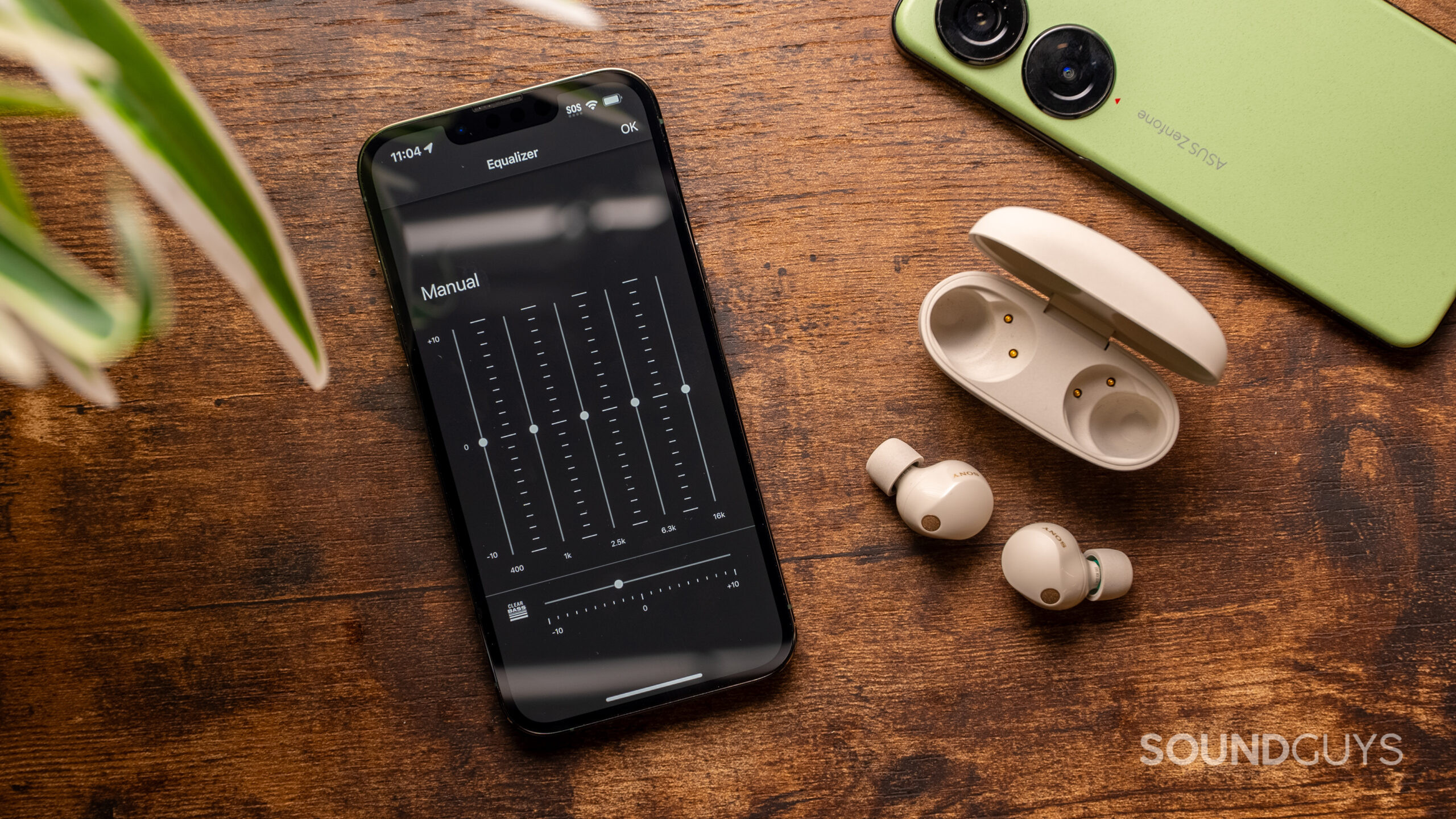
We get it. You’ve just read our review of the latest wireless earbuds or headphones, seen our frequency response measurements, and now you want the equalizer (EQ) settings that will bring your headphones closer to our house curve or to make it magically sound better. The requests flood our inbox daily. But here’s the thing: EQ presets aren’t going to make everything sound perfect to everyone. This is especially true of Bluetooth headphones with limited in-app EQs.
Sometimes, we share our tuning recommendations, like we did with the Nothing Headphones (1), but they come with an important caveat: these are starting points, not universal solutions. Even when our EQ suggestions work well for many people, they won’t work perfectly for everyone all the time, and here’s why that matters.
How do you currently handle EQ for your headphones?
The preset problem
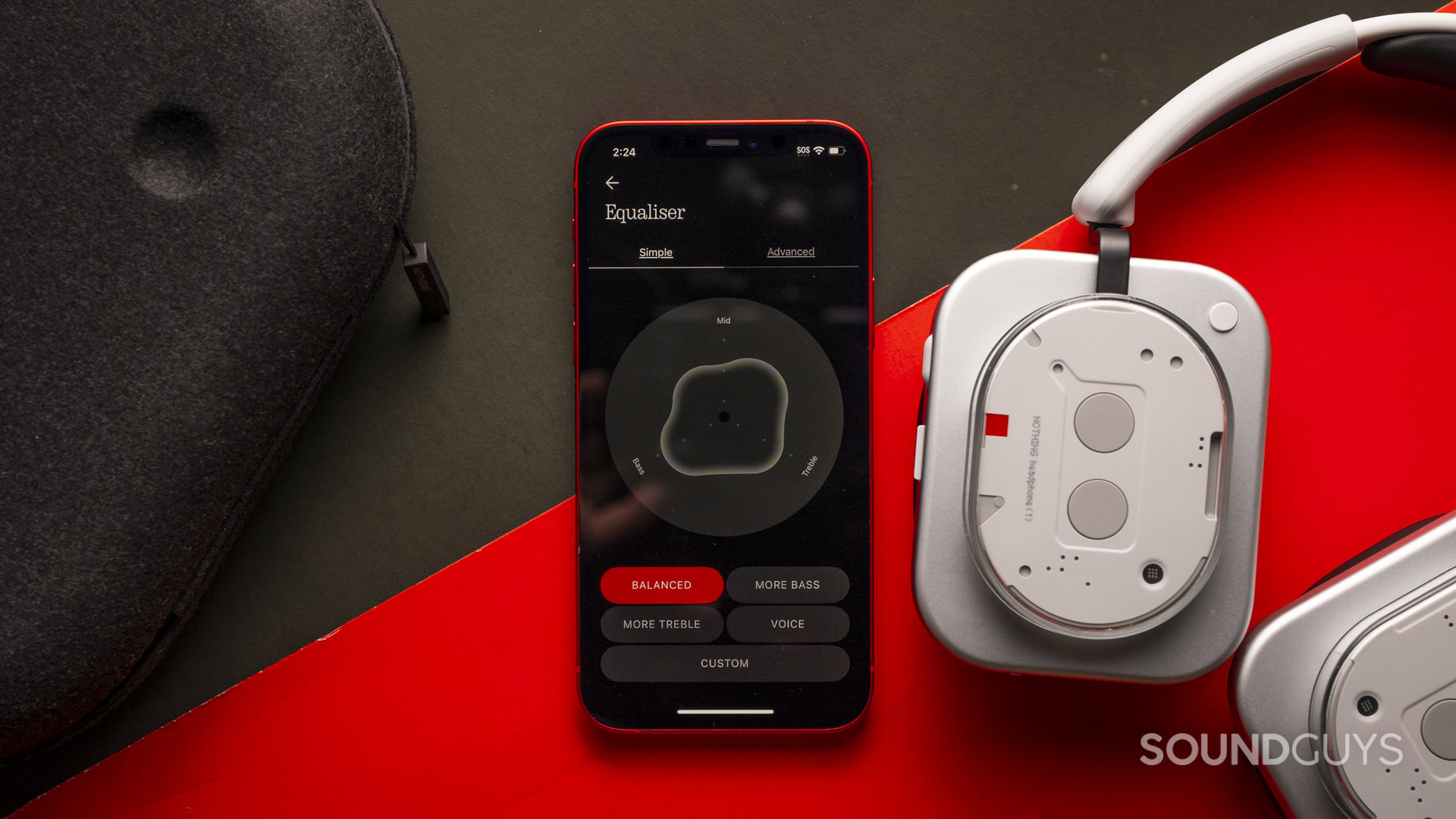
We can get a solid hint into why custom EQ matters from the existence of a single feature in headphone apps: EQ presets.
Most of the EQ presets we measure sound worse than the default tuning.
Most EQ presets actually perform worse in our measurements than the default tuning—but this isn’t because engineers don’t know what they’re doing. These presets exist because not everybody likes the same thing. Each preset is designed to serve a specific goal: appealing to bass lovers, enhancing vocals for podcasts, or boosting certain ranges of sounds for gaming. They’re not trying to be universally perfect; they’re offering different flavors for different tastes and use cases.
When we do share EQ settings
Occasionally, we provide specific EQ recommendations for certain headphones when we find settings that bring the response significantly closer to our preference curve. These aren’t magic fix-everything-immediately settings, though. They’re starting points based on our measurements and testing, shared with the understanding that you will need to make adjustments for to meet your hearing and preferences. The key word here is “starting point.” Our recommendations can save you time by getting you in the ballpark of “okay,” but the final tuning should still be yours.
When we shared our tuning for the Nothing Headphone (1), for example, we were clear about its limitations. Even after careful adjustment, we couldn’t fully eliminate every peak and dip. Some notable compromises remained, and what worked well for our test setup and preferences might need tweaking for others.
Bluetooth headphones often don’t have a good way of meeting a preference curve well because they often rely on crappy three to ten-slider in-app equalizers with incomplete labeling. Sometimes there are ranges you simply can’t correct, or there’s a lack of precision in adjustments that make ideal EQ settings prohibitively difficult — or impossible.
Though the demand for EQ presets from us is generally fairly high, we often decide that spending a lot of time on suggested settings with a poor app function just isn’t cost-effective to publish right away. It can take anywhere from a couple of minutes to an hour to dial in good results depending on the product, so the juice often isn’t worth the squeeze. If we were to equalize every single product that comes across our desks, Chris may actually die in the lab, and we just had the carpet cleaned not too long ago.
We’re usually okay with sharing EQ filters for wired headphones that appeal to people who know their way around a parametric equalizer. This is because with better control over the adjustments, we can get something that’s much closer to what we want with a preset we publish. But it takes a fair amount of time to do, and time is a resource that we’re constantly short on.
Your ears aren’t our test head
Say you’ve downloaded or entered in an EQ preset of ours, and you don’t like it. What’s going on?
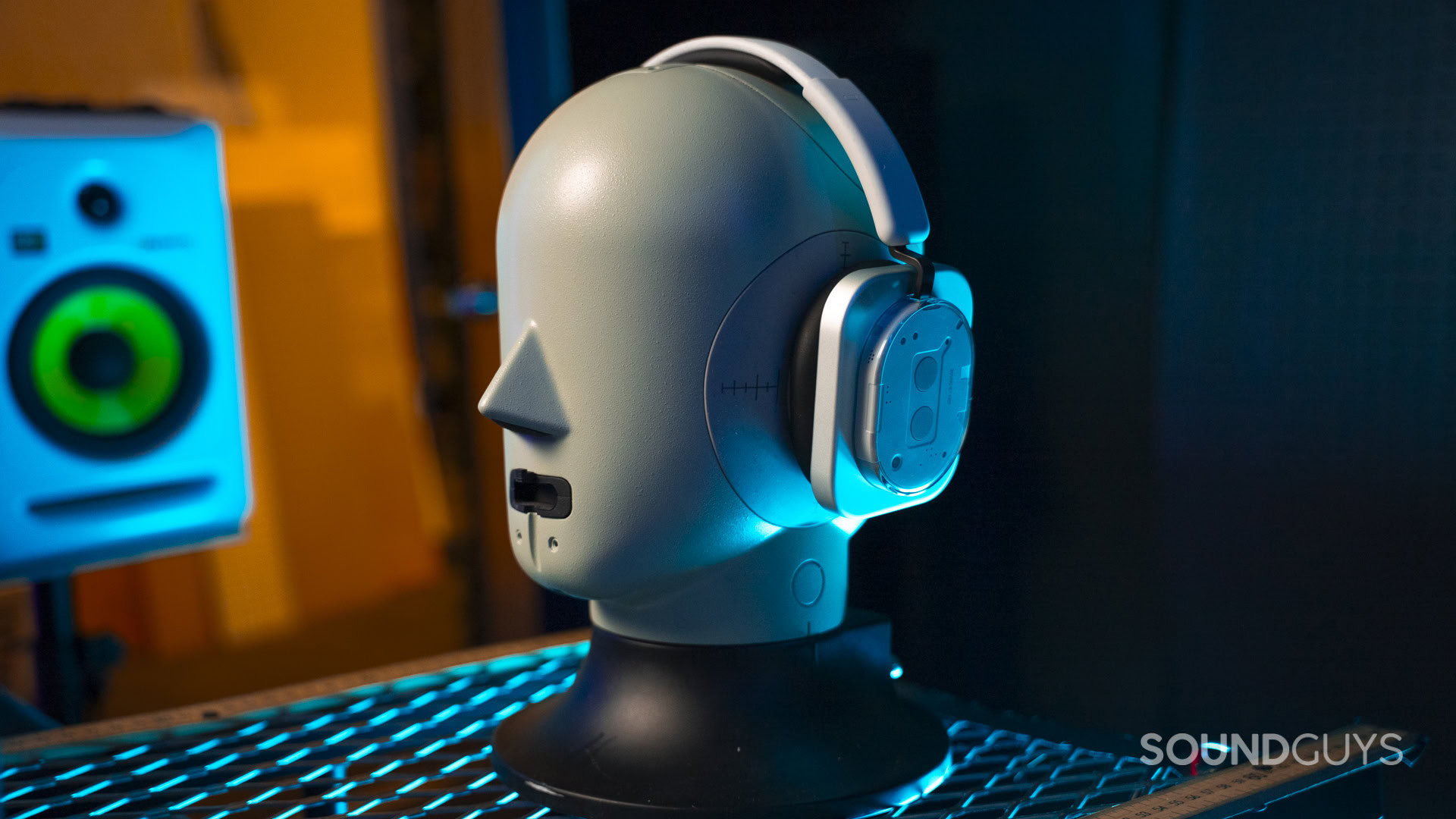
Our measurement rig uses a Bruel & Kjaer 5128 head simulator with anatomically correct ear canals, the same equipment used in research and development labs worldwide. It’s an excellent tool for consistent, repeatable measurements that allow us to compare products fairly. But it’s not your head, and your brain isn’t in there. This gives us two main problems:
1. What you hear could be different from what our test head hears
Every person’s anatomy is slightly unique in ways that affect how they perceive sound. Your head size and shape influence how sound waves interact with your outer ear before reaching the eardrum. Ear canal length and diameter vary considerably between individuals, which can affect how different headphones seal and couple with your ears. Though differences are typically pretty minor, they’re still differences — and enough that an EQ curve perfectly calibrated for our test setup could sound off to your ears.
Because your ears are unique, no EQ preset will work perfectly for everyone.
Age plays a role, too. Presbycusis—age-related hearing loss—typically affects high frequencies first, but the rate and extent vary dramatically between people. A 25-year-old and a 45-year-old listening to the same headphones will have different perceptual experiences and potentially different preferences, even with identical equipment.
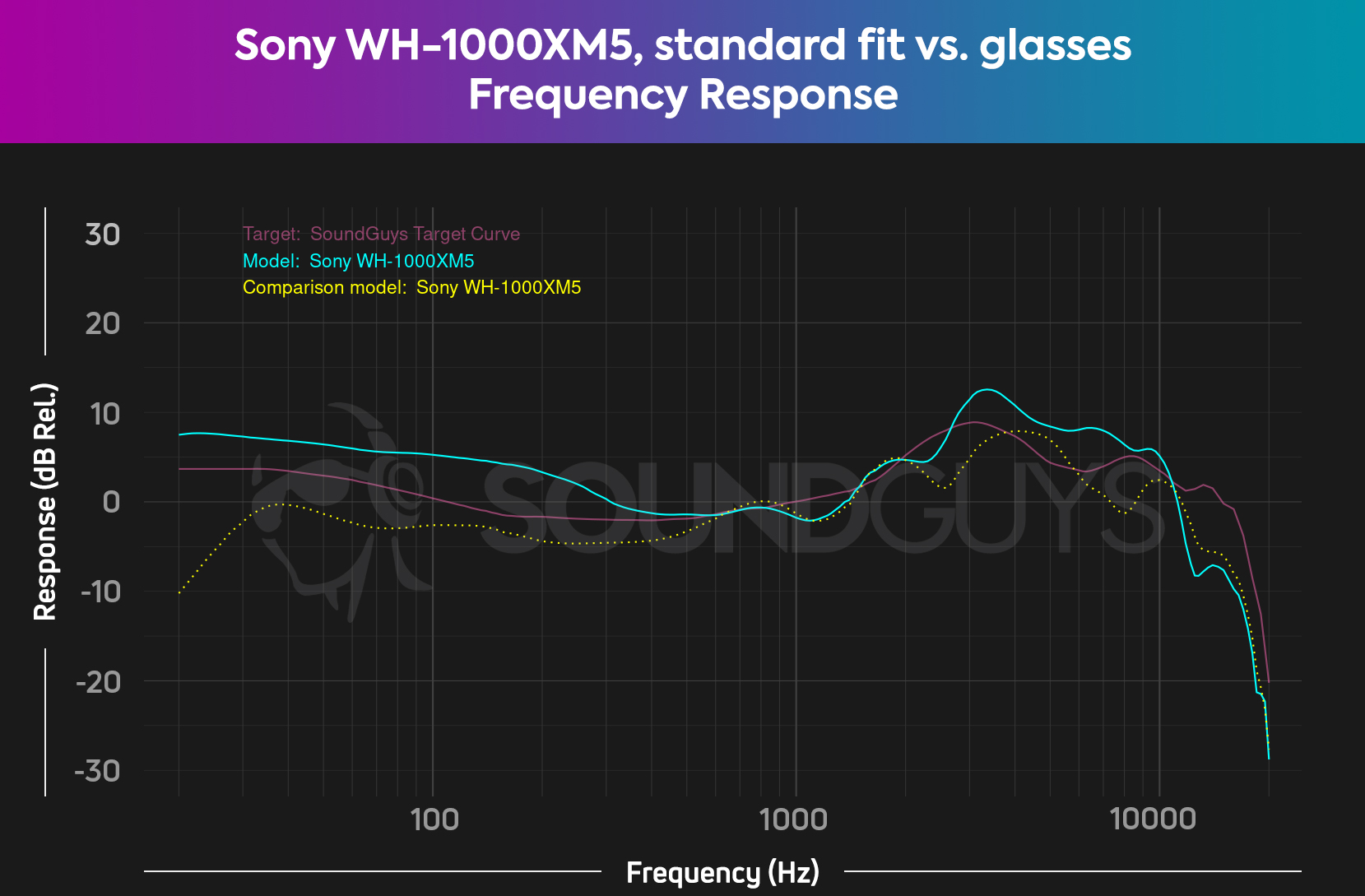
Finally, there’s also no guarantee that you’ll get a good fit every time you wear your cans. If you wear glasses, you might be surprised to find out that this can significantly impact what reaches your ears, too.
2. What you like could be different from our guidelines
Even if we could somehow account for your unique anatomy, we still wouldn’t know how you’re planning to use your headphones. Are you commuting on a noisy subway where a little more bass might help drown out noise leaking in? Are you working in a quiet office where you’re listening to relaxed instrumentals, or are you mixing music? Are you only listening to podcasts? Believe it or not, unexpected factors can influence what sounds good to you.
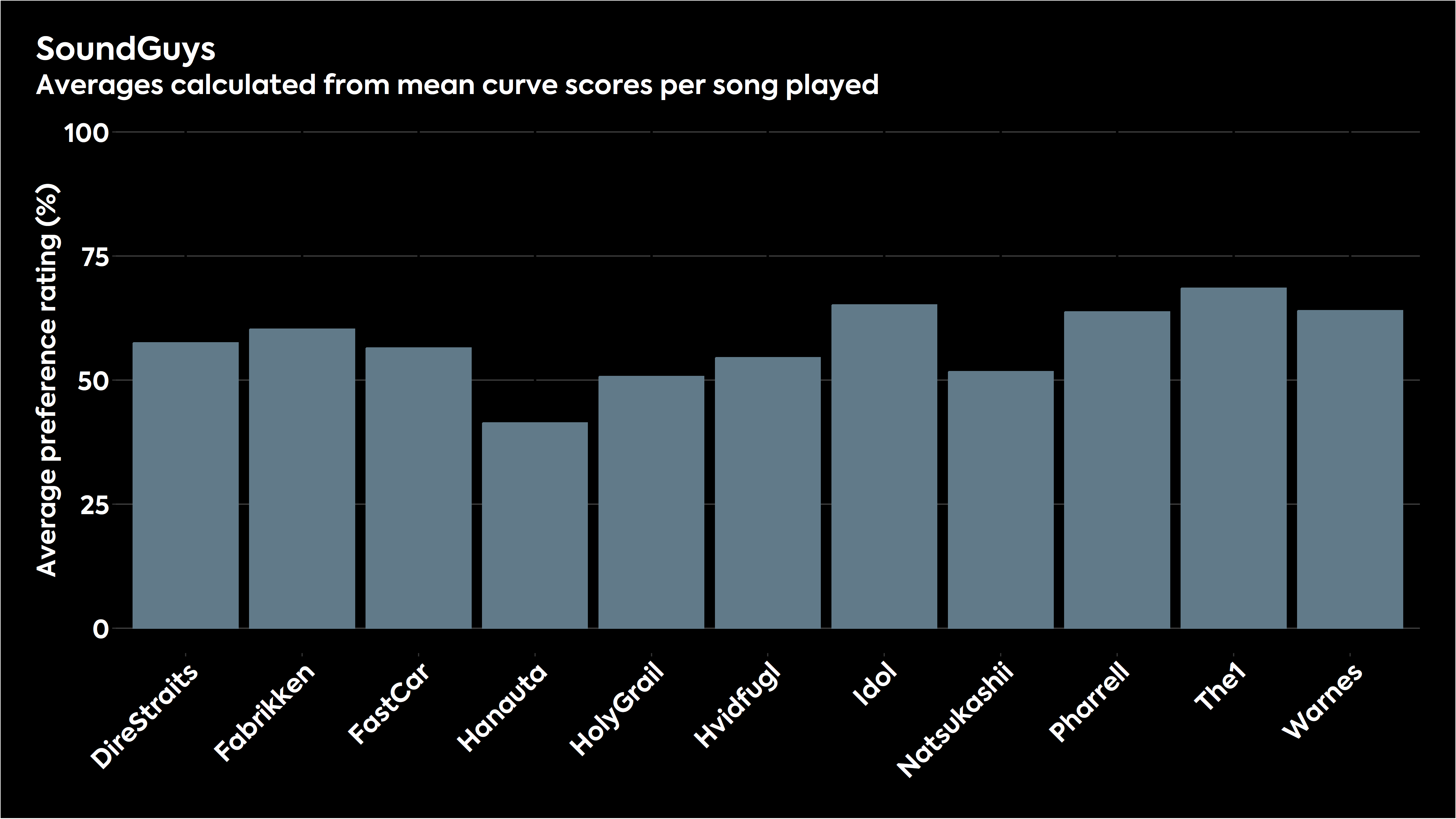
Your music preferences matter too. The EQ that makes a string quartet sound natural might make your favorite hip-hop sound more lifeless than it did with a different tuning. The bass boost that brings energy to electronic music could make a podcast sound uncomfortable and unclear. How loudly you listen to your music can also throw a wrench into the works, as our perception of different frequencies changes with volume levels. What sounds fairly inoffensive at low volumes might sound bright and harsh when you turn things up, and so on.
To put it bluntly, the only way you’re ever going to find the best results for your own listening will require a bit of work on your part. You can absolutely use our data as a guide, but there’s a good chance you’ll have your own adjustments that you’d make against our suggestions.
The case for DIY: Learning to listen
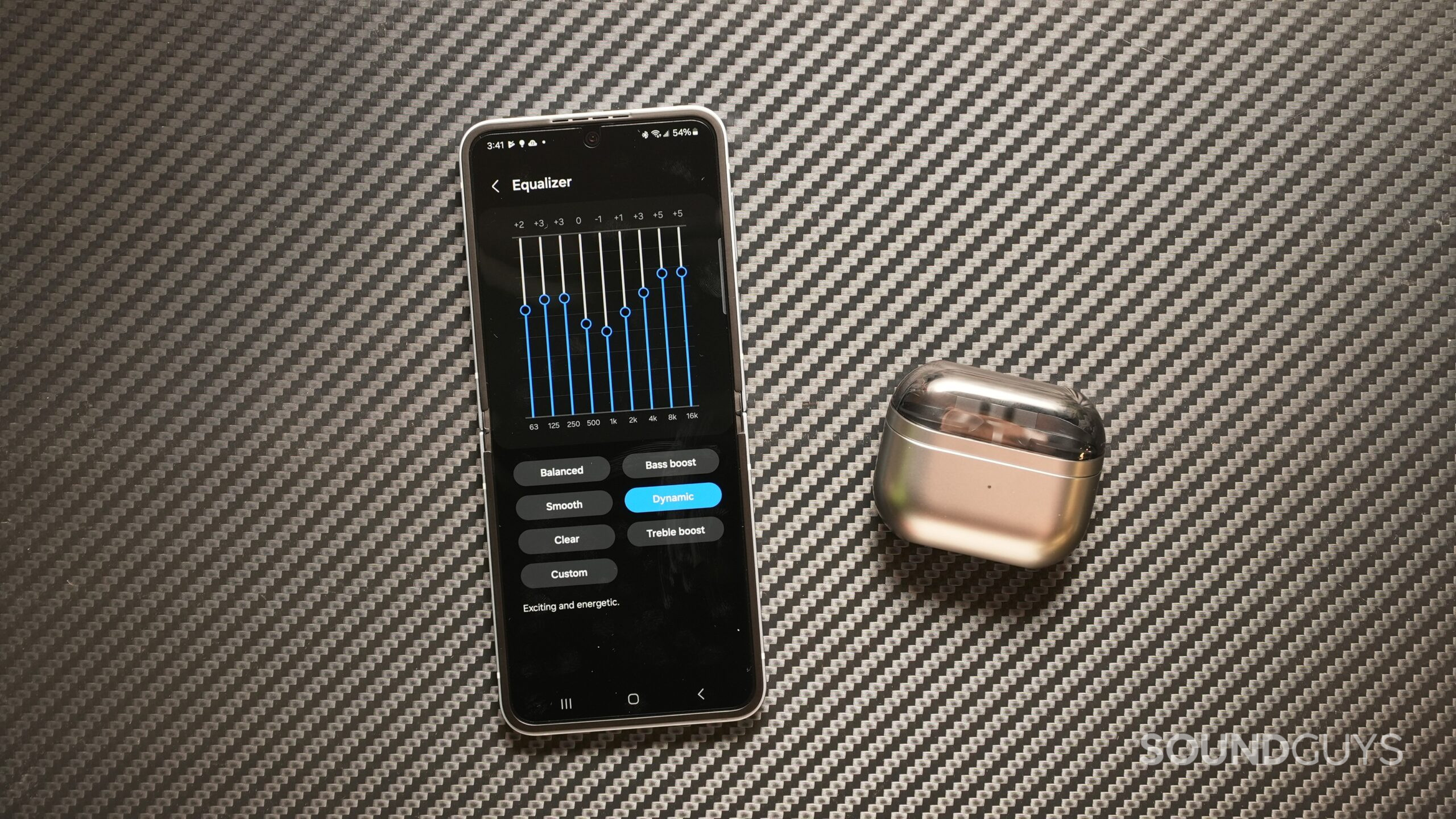
We’d love to see more people learn to EQ for themselves. Yes, it takes more time than copying someone else’s settings. But the process teaches you something valuable: how to actually listen to what you’re hearing. When you start adjusting EQ bands yourself, you begin to identify specific frequency ranges and understand how they affect your listening experience. This knowledge will make this task much easier in the future.
The process of creating your own EQ teaches you how to actually listen to what you're hearing.
Developing critical listening skills will serve you with every pair of headphones you own in the future. You’ll start to recognize your personal preferences and understand how they might differ from a simple preset, or target. While it might seem counter-intuitive, learning more about your own hearing will make preference curves more useful to you, as you’ll then be able to compare data to a known baseline, and identify more general preference adjustments you could make to products close to those curves.
Good EQ isn’t achieved in a single session. It’s an iterative process of living with settings, identifying what works and what doesn’t, and making gradual refinements. Your preferences might even change. The ability to fine-tune your sound as your tastes evolve or as different situations call for different approaches is part of what makes custom EQ powerful. If the latest listener preference studies are anything to go by, you may find that you like several different tunings; tunings that you’d never discover if you simply took our EQ preset and never explored on your own.
The key is starting with familiar music and making small, intentional changes rather than dramatic sweeps. Remember: you’re not trying to reinvent the sound, just tailoring it to work better with your ears.
The bottom line

We’ll keep measuring headphones, sharing our findings, and occasionally providing EQ recommendations when we think they’ll genuinely help. But we’ll always present them as starting points, not final destinations.
Instead, we encourage you to use our measurements and any EQ suggestions as launching pads for understanding a product’s strengths and weaknesses, then develop your own approach based on your ears, your music, and your listening environment. Whether you start with our recommendations or from scratch, the best EQ settings for your setup are ultimately the ones that sound right to you.
Thank you for being part of our community. Read our Comment Policy before posting.